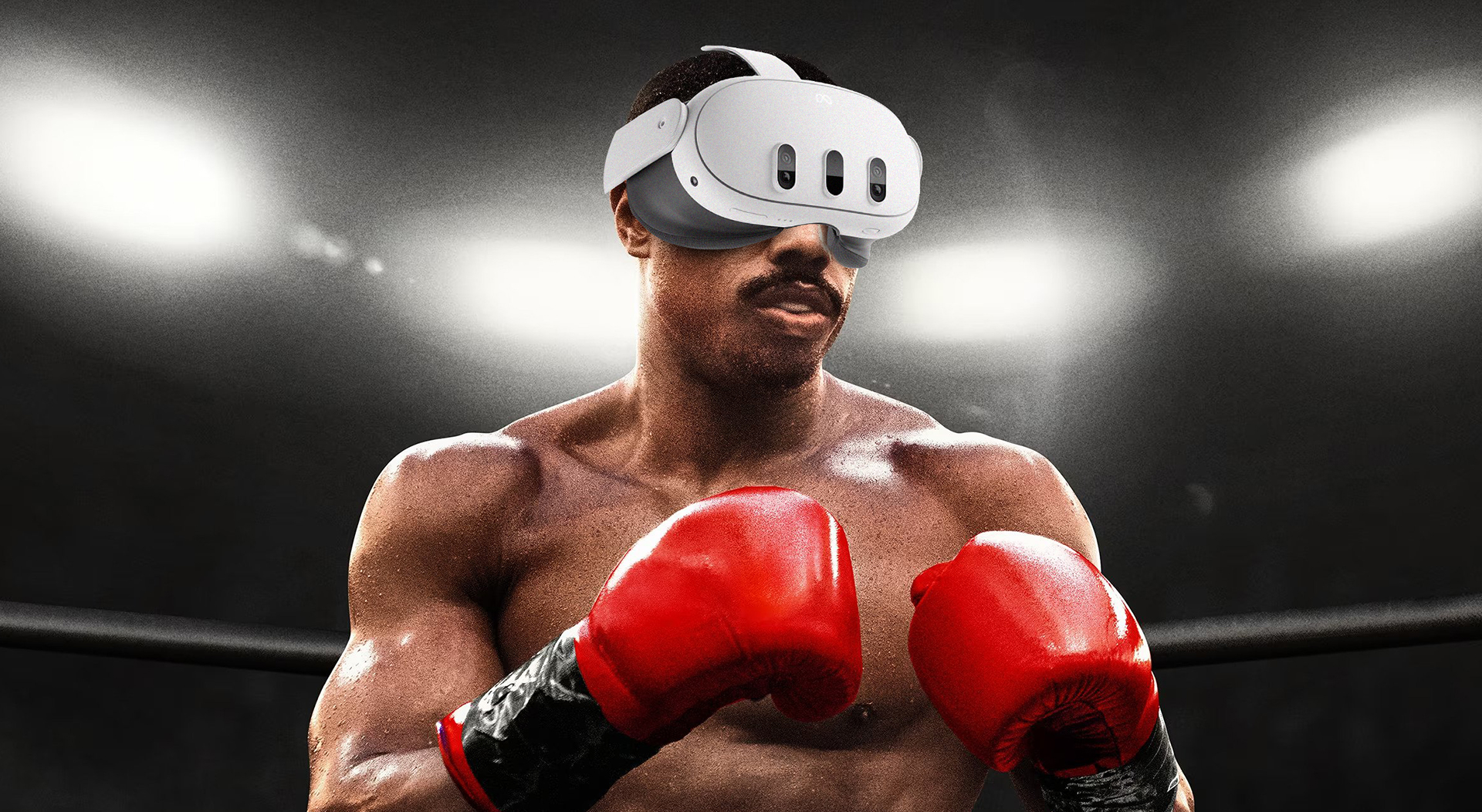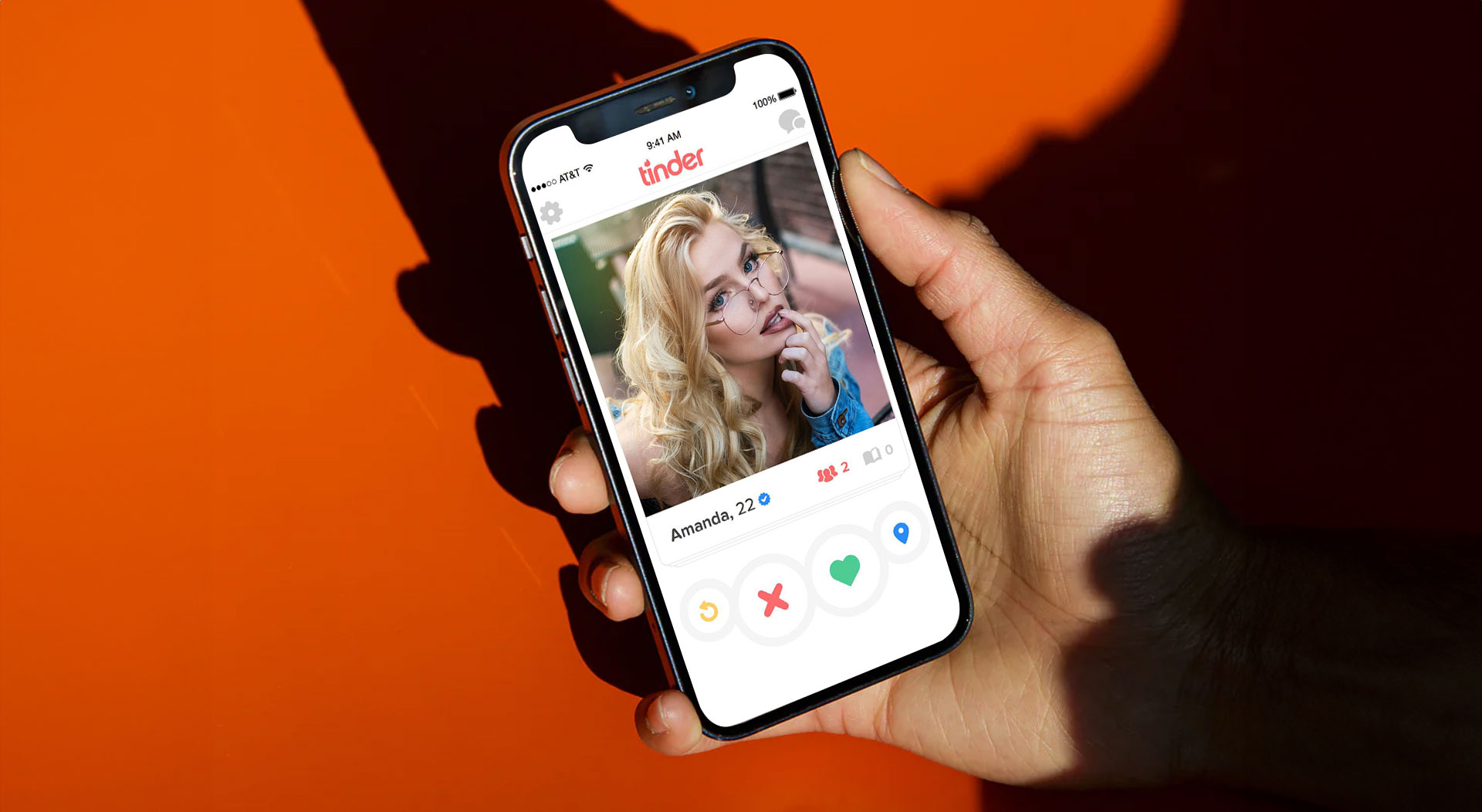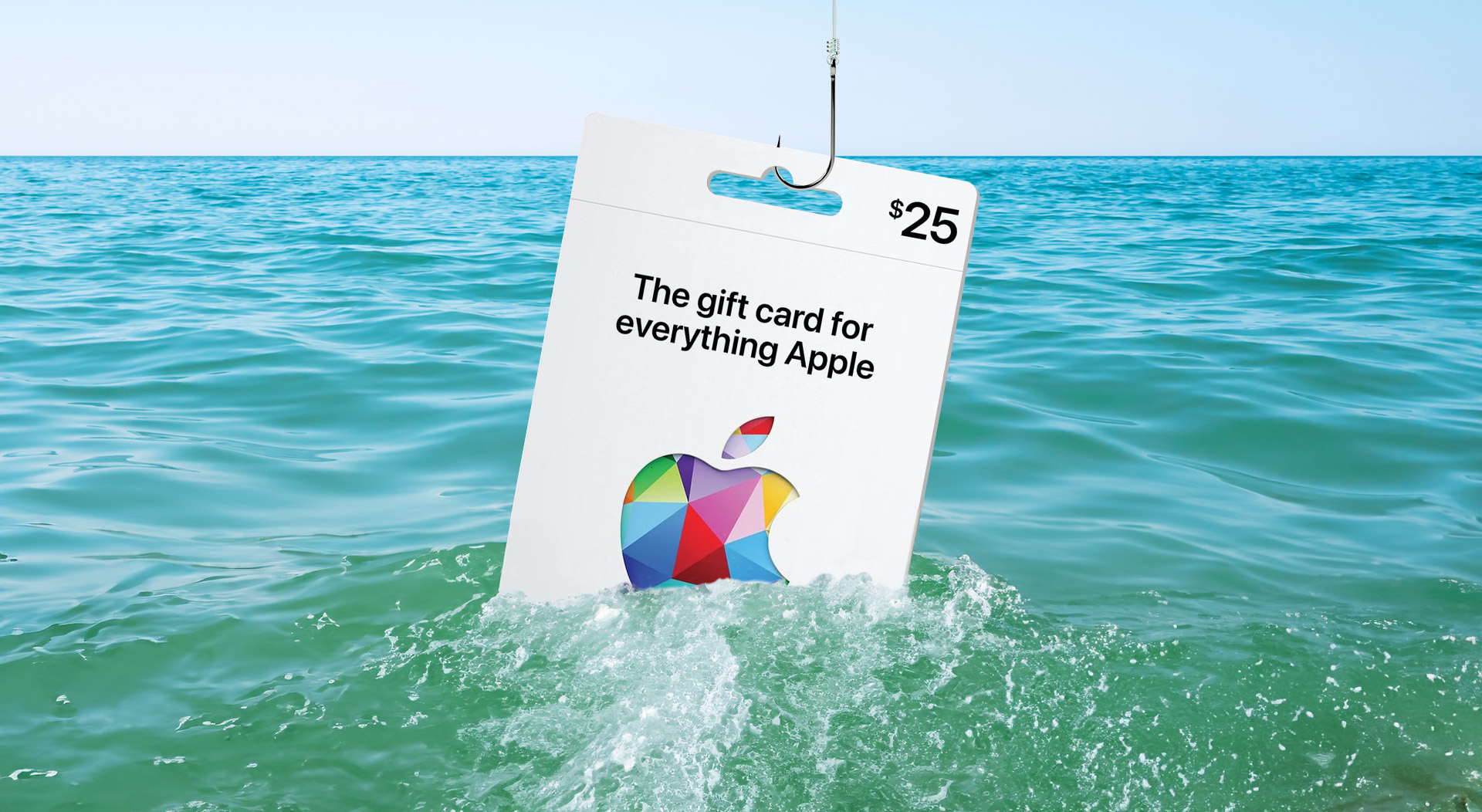VR as Fitness Equipment
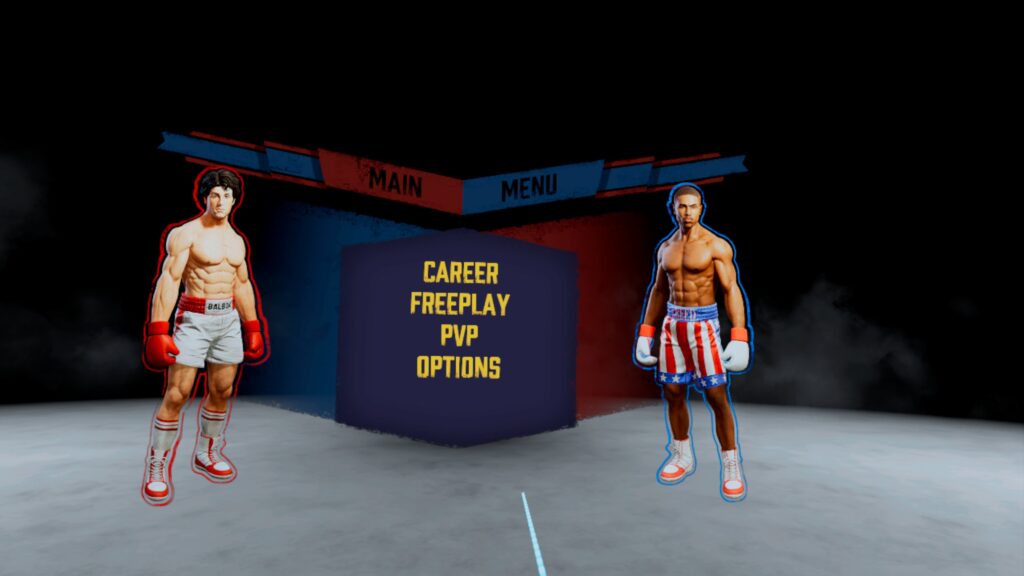
The potential of VR for fitness has been recognised for a while now – there’s a significant number of apps dedicated solely to it, such as Supernatural or FitXR, as well as option like Beat Saber and Pistol Whip that are much more “games” but naturally force the player to engage in constant movement as part of their gameplay. Today’s subject, the boxing game Creed: Rise to Glory (developed by Survios and published by Survios and MGM Interactive), based on the MGM film franchise, is one of the latter examples, and has been frequently updated over the years to take new hardware, new films and player feedback into account. As such, I’ve been using it for my morning workout for several years, and I feel like my experience will be valuable.
Gameplay Basics
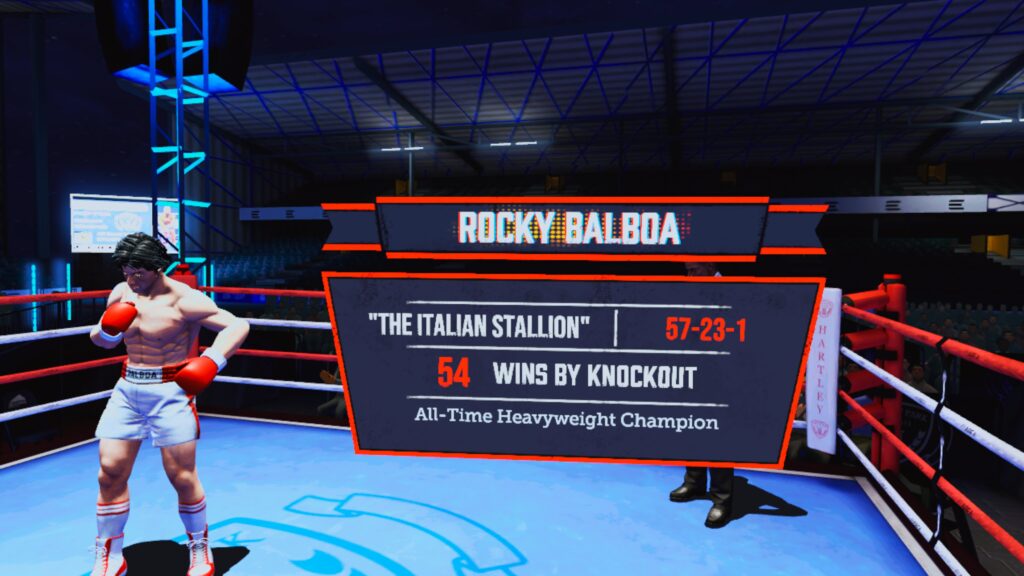
The gameplay of Creed: Rise to Glory is initially simple – it’s a boxing game, after all. You punch stuff, you block stuff, you dodge stuff, you DON’T kick stuff. The basics tie in with what you would expect from a lot of boxing lessons, which is why I think the game works well for fitness. But once you go beyond those basics, Creed has several more arcade-esque, “game-y” mechanics that differentiate it from other boxing titles. When you dodge punches in the correct way, the game will enter a slow-motion mode that essentially lets you get a free hit. Slow-motion is also used when you opponent is damaged enough to be stunned, allowing you to get an extra knockdown by striking highlighted points on their face and/or torso – this is of course meant to emulate the cinematic flair that the Creed films sometimes employ for drama. When you are knocked down yourself, the game requires you to “run” back to your body by swinging your arms back and forth, and when you move your arms enough the game implements a stamina system to lower your damage until you stay still long enough. All of this stuff is what makes Creed different from a more realistic title like The Thrill of the Fight, which I find less “fun” but which is almost certainly better for learning actual boxing. The game also lets you train in the gym, offering minigames based on various forms of boxing training equipment, that can be played at your leisure or as part of the very fitting-for-the-franchise Montages.
A VR Approach To Story
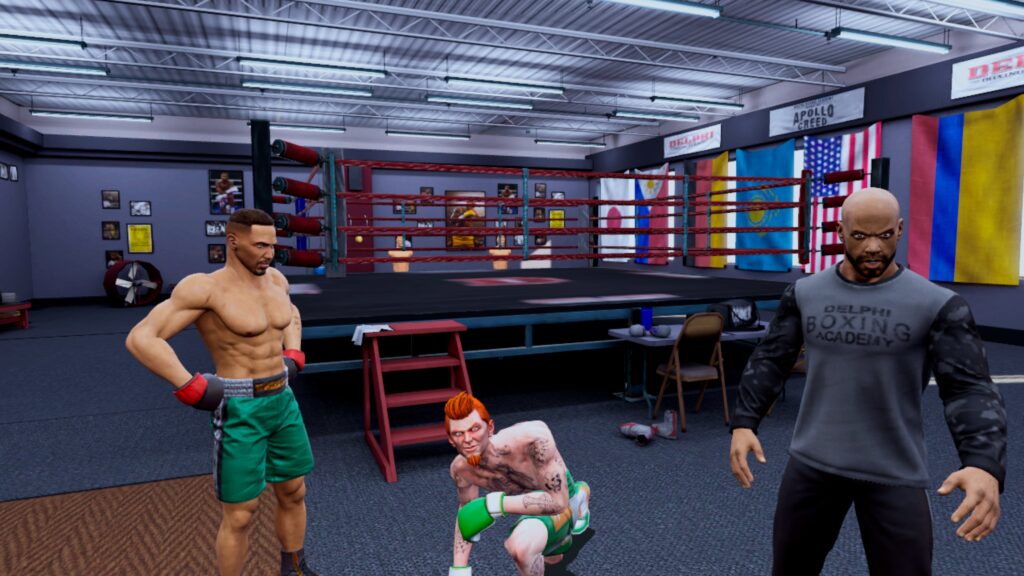
Creed: Rise to Glory, being based on a film series, has a story mode – or, as it’s termed in-game, Career Mode, which alternates between story moments, training montages and boxing matches. Upon the game’s original release in September 2018, this mode broadly covered the story of the original Creed film with a considerable number of liberties and game-original characters – a first half with 3 story/montage/match groups depicting Adonis Creed’s training and career in Mexico, followed by a second half with 4 story/montage/match groups depicting his continued career in Philadelphia (though the fifth match lacks a training montage, as it’s actually a flashback to a fight against a bouncer). A massive “Championship Edition” update was later released to coincide with Creed 3 – it added new fighters, arenas, gameplay changes and an overhaul of Career Mode. Now, the mode I described above has been dubbed “Rise To Glory” mode, has had its final match altered, and has been paired with Legacy Mode – a whole additional story mode with even more involved narrative sequences covering the story of Creed 3. These modes are quite fun in a cheesy fashion, though they’re more of a tutorial to play through that teaches you how to play Creed. At this, they’re excellent for beginners, the use of some of the actual film actors including Michael B. Jordan offers some prestige, and regardless of your enjoyment they’re a requirement to unlock some of the game’s content, so you are going to need to play them.
The Endurance To Fight
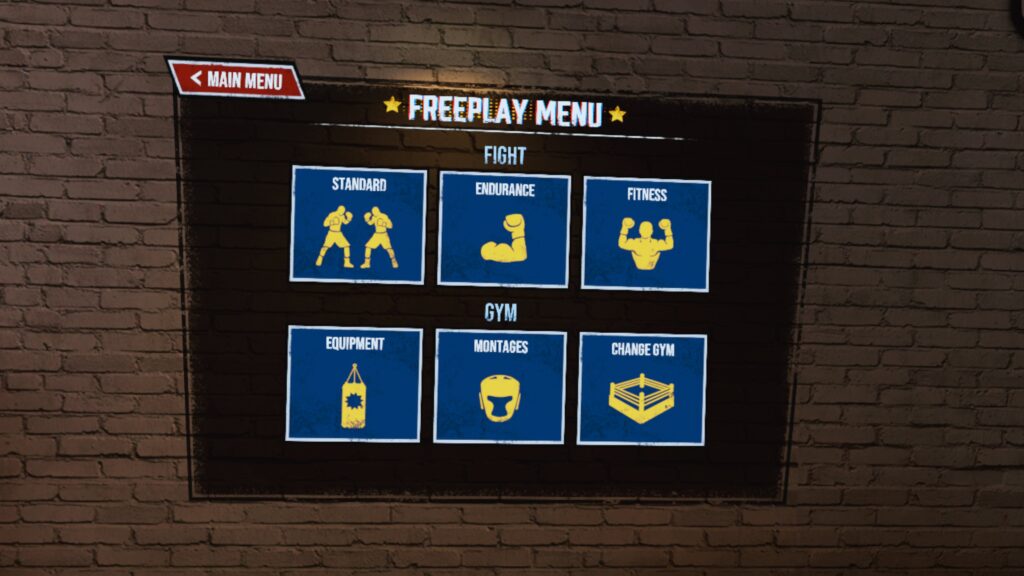
So, how does Creed: Rise to Glory work as a fitness game? Well, better than it used to be. See, Tthe Championship Edition update also added a new feature that I find pretty critical, called Endurance Mode. It lets you play matches without the stamina system, relying on your own personal stamina without constantly forcing you to stop and refill the in-game meter. I track myself using my Samsung Galaxy Watch 6’s “Other Workout” function and, for 47 minutes, I alternate between montages and Endurance Mode matches with enemy health and damage increased to 2 to give me more of a challenge. I always listen to audiobooks while I work out, though this may be something you’ll want to work up to – needing to listen to the game audio is more critical for beginners. Player characters, opponents and arenas are randomised as much as I can (though if I get beaten by a character I’ll often deliberately rematch them). Here are screenshots of the Samsung Health results from my last 3 Creed workouts following this basic pattern:

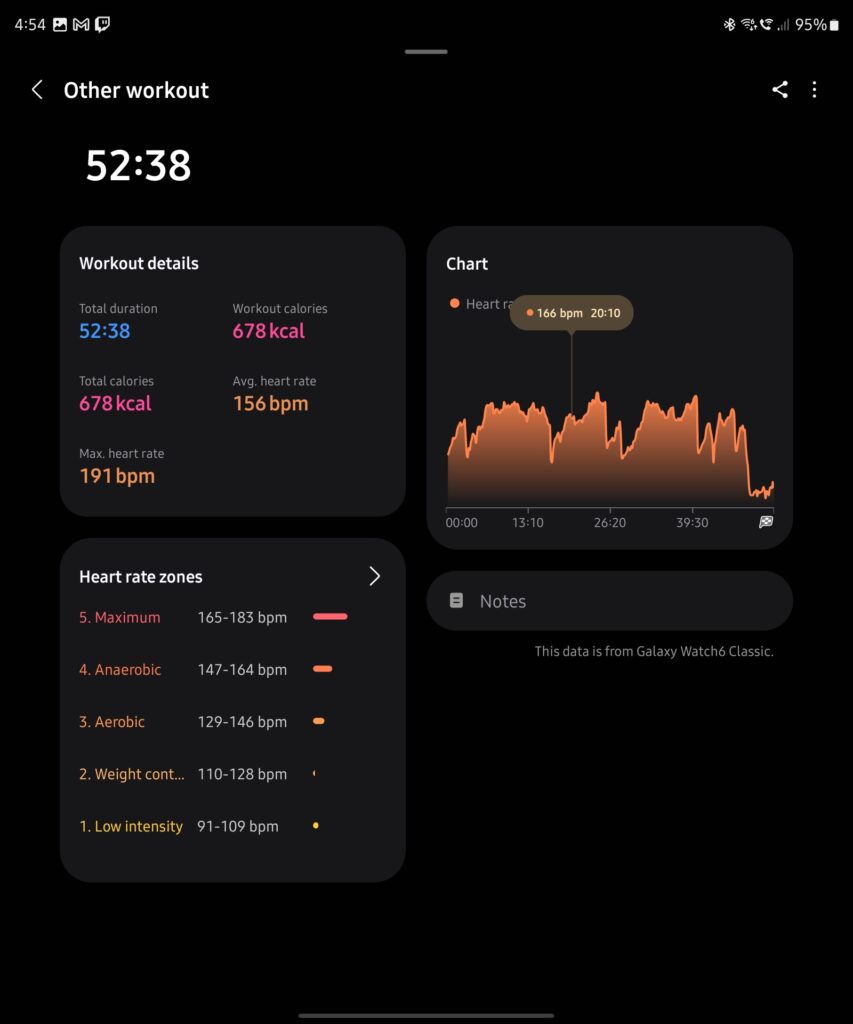
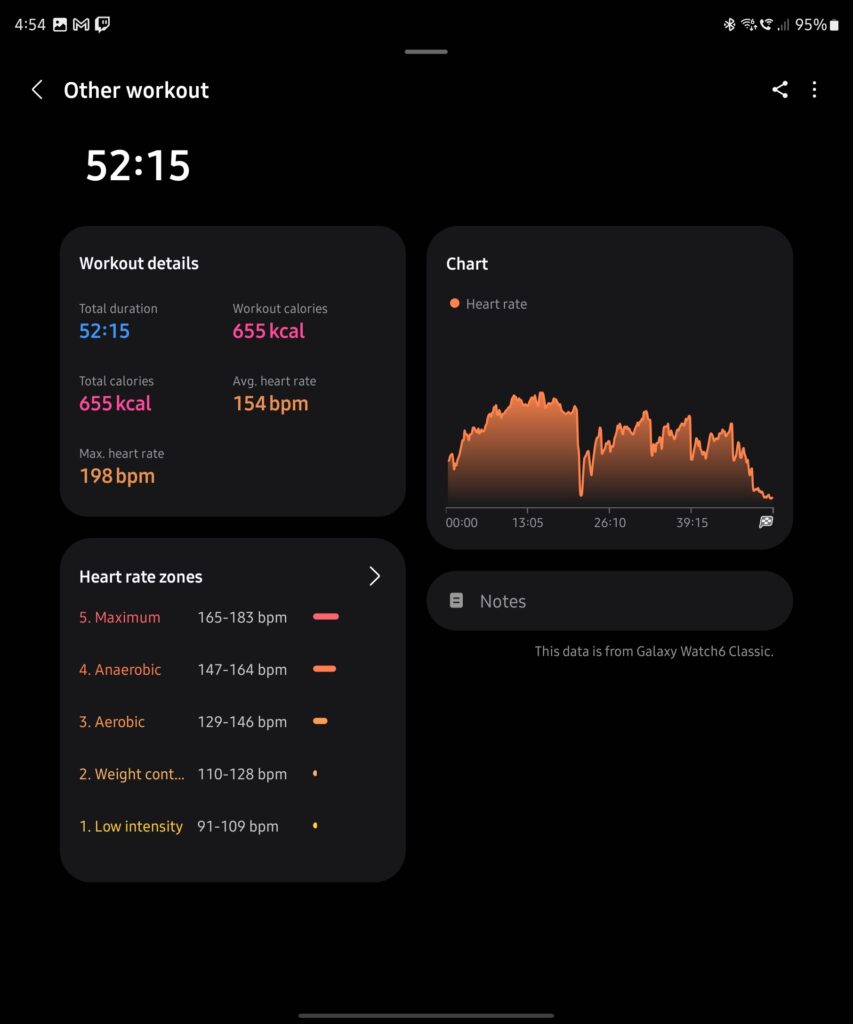
As you can see, there’s some variability – most likely from different characters posing different levels of challenge, not to mention that I have to occasionally pause due to distractions. But broadly speaking, the health and fitness benefits are pretty clear. Even if you take the Samsung Watch’s calorie tracking with the huge grain of salt that it likely deserves, the obvious increase in heart rate over my baseline is making for an excellent workout with little risk of injury. Its utility for weight loss is up in the air given how I’ve been combining my Creed workouts with intermittent fasting, healthier eating and other forms of exercise, but these things aren’t purely about weight loss. Always remember to focus on the other benefits of exercise, while taking weight loss as a bonus.
Occasional Glitches
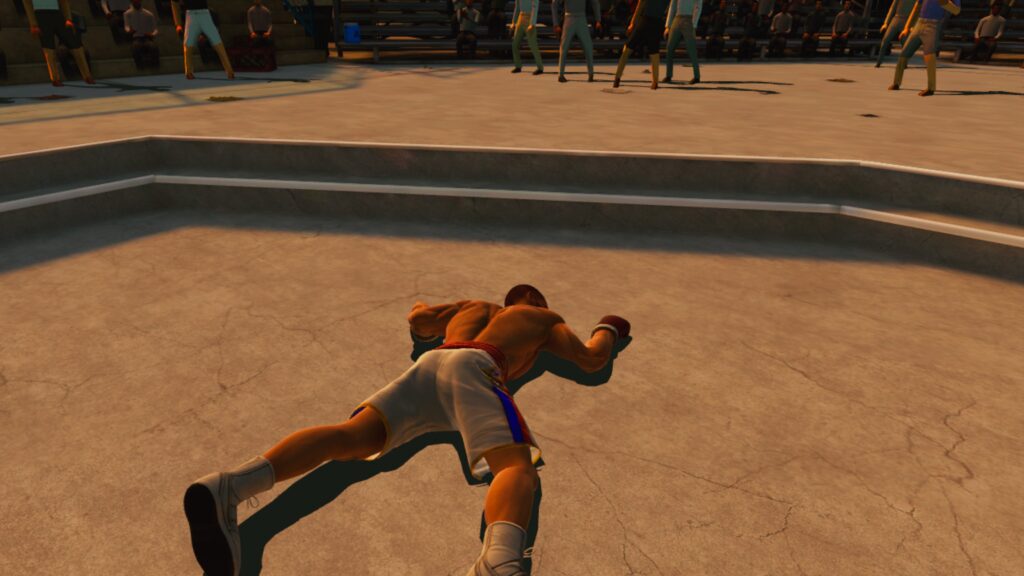
As VR games go, Creed is in a position to be pretty seamless given that it doesn’t have to deal with complex traversal mechanics or clashing weapons the way a lot of the more ambitious titles do. Unfortunately, the game still contains minor issues that I thought I should bring up. Some are cases where I’m unsure if there’s even a real issue or just my perception – hits striking me when I was sure I’d blocked them, not an unfamiliar scenario to any gamer. But then there are things like not being able to block at all because the geometry of your arm gets stuck on your opponent, or a frequent issue during Montages where the minigame equipment decides to begin spawning just to the left of your position partway through. I’ve never been able to figure out what causes this one – it seems to be largely random, and restarting the Montage fixes it. These are generally just momentary annoyances, thankfully, and if you play the game as much as I do, they just become a natural part of playing the game, like having to frequently re-centre yourself along with your workout space.
Should You Buy the PSVR2 Version?
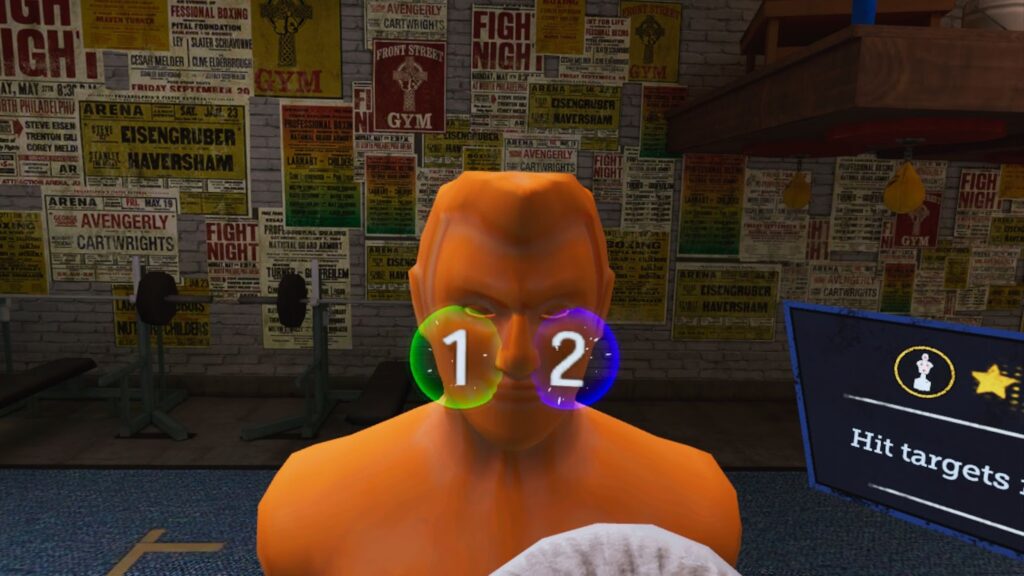
Creed: Rise to Glory is also available on PSVR2, with superior visuals and framerate to even the Quest 3 version. So, do I recommend it? I’ll keep this brief – while it’s fine if you just want to enjoy the story mode and engage in a little casual fun, I wouldn’t exactly recommend it for the kind of intensive fitness workout I’m reviewing here, due to inevitable issues with the cable. The PSVR2’s cable is frequently perfectly fine in many games, the better technical performance and eye-tracking absolutely justifying the slight physical limitation. But in a game like Creed, where you really want to be up and moving around, behaving as close to a real boxer as is safe within your workout space, I find the wireless nature of standalone headsets to be a more major upgrade to the point of being borderline required. If you already have a PSVR2 and no Quest I would probably still recommend getting the game on sale for fun, though – just, y’know, be careful.
Conclusions
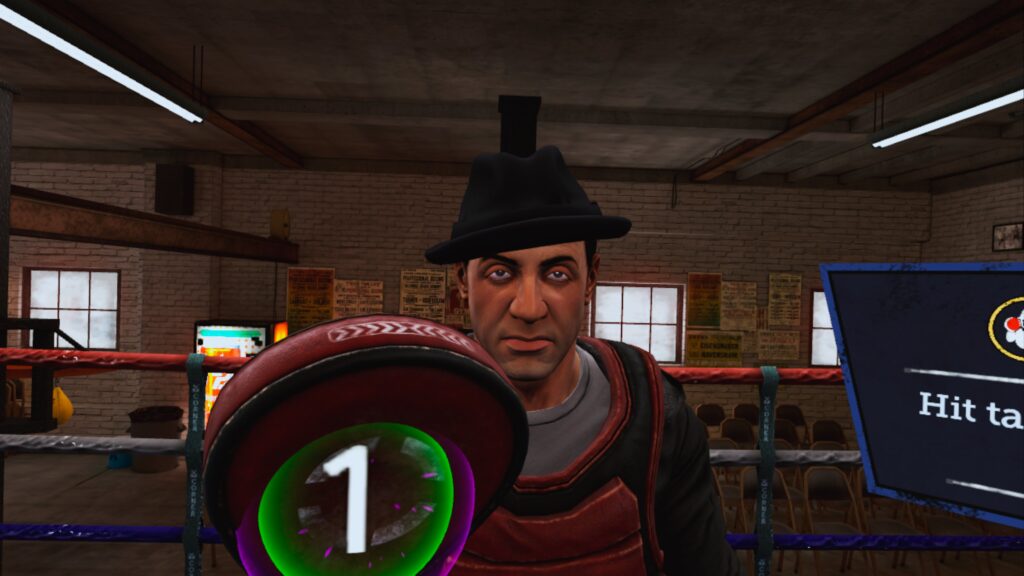
Creed: Rise to Glory is a hell of a fitness experience for something that wasn’t initially designed around it to the degree that a lot of the aforementioned dedicated, subscription-based VR fitness apps are. Just don’t go in expecting actual boxing training. The arcadey nature of the game is something I find to be more fun, but there are other options that offer much more of a “boxing simulator” experience. If The Thrill of the Fight is Gran Turismo, Creed is Burnout – but Burnout is well-loved for a reason. Creed is, when you get right down to it, a fancy shadowboxing aid, but it drives you to work hard and can teach you a great deal. The cinematic presentation makes you feel like you’re in one of the films in a way that’s good motivation, the variety on offer allows you to craft a decent fitness routine that doesn’t become boring (at least, in comparison to your average exercise), and the sound isn’t so critical that you can’t mix it with music or audiobooks to help you through – just this morning I was fighting my way through matches to one of Joe Abercrombie’s medieval fantasy battles. The package as a whole isn’t perfect, and you are absolutely going to need a large chunk of space where you can freely box – I for one hope for a future mixed reality update similar to what The Thrill of the Fight offers, so you can train and box with your own environment around you – but I can see a great many people who have never even heard of this game finding it to be exactly what they needed.
